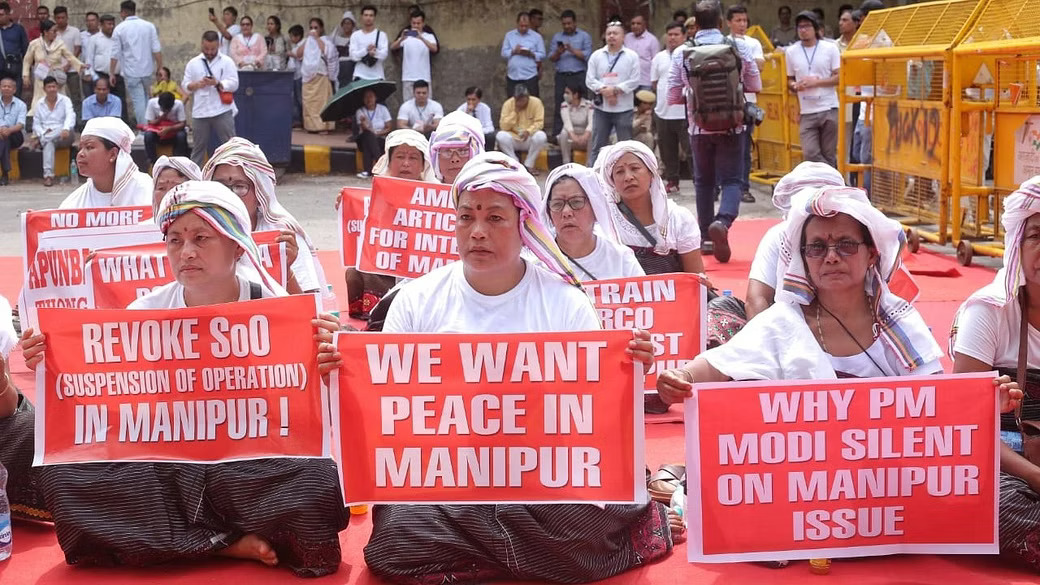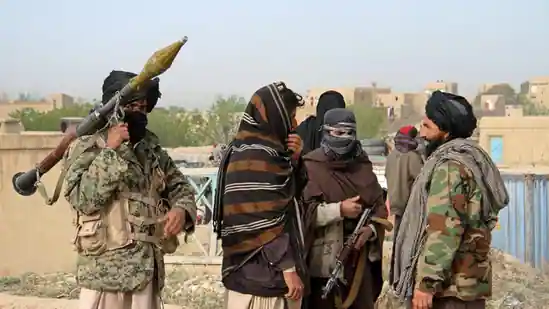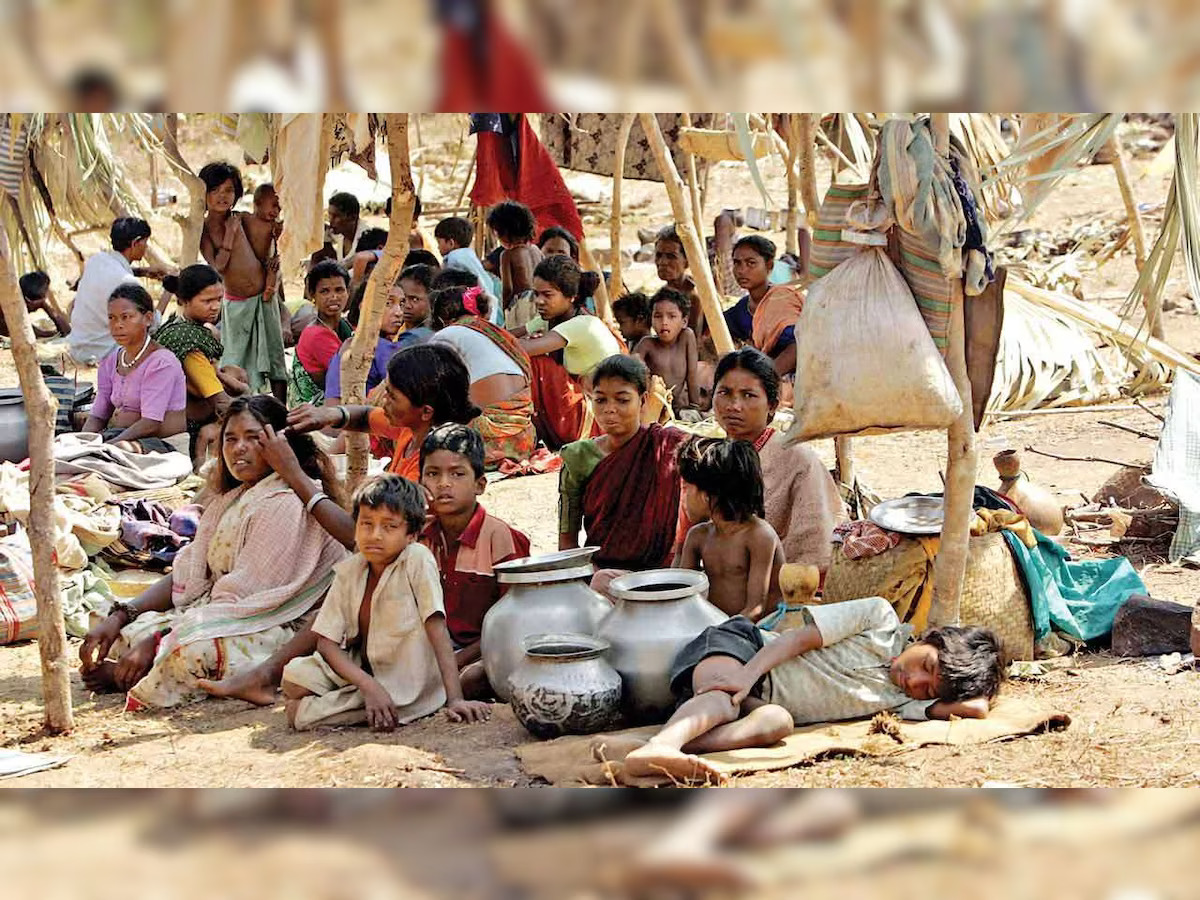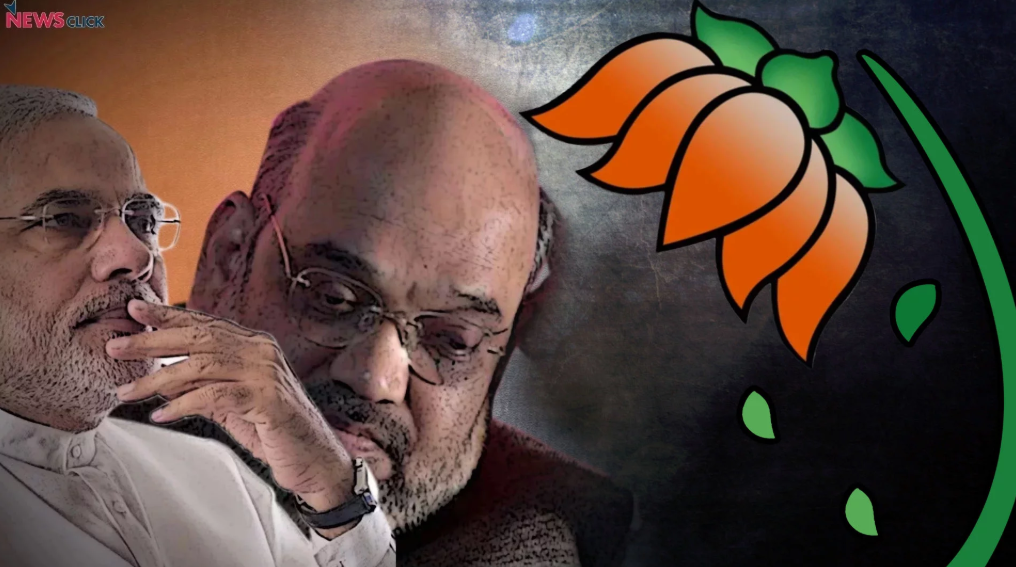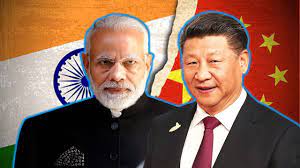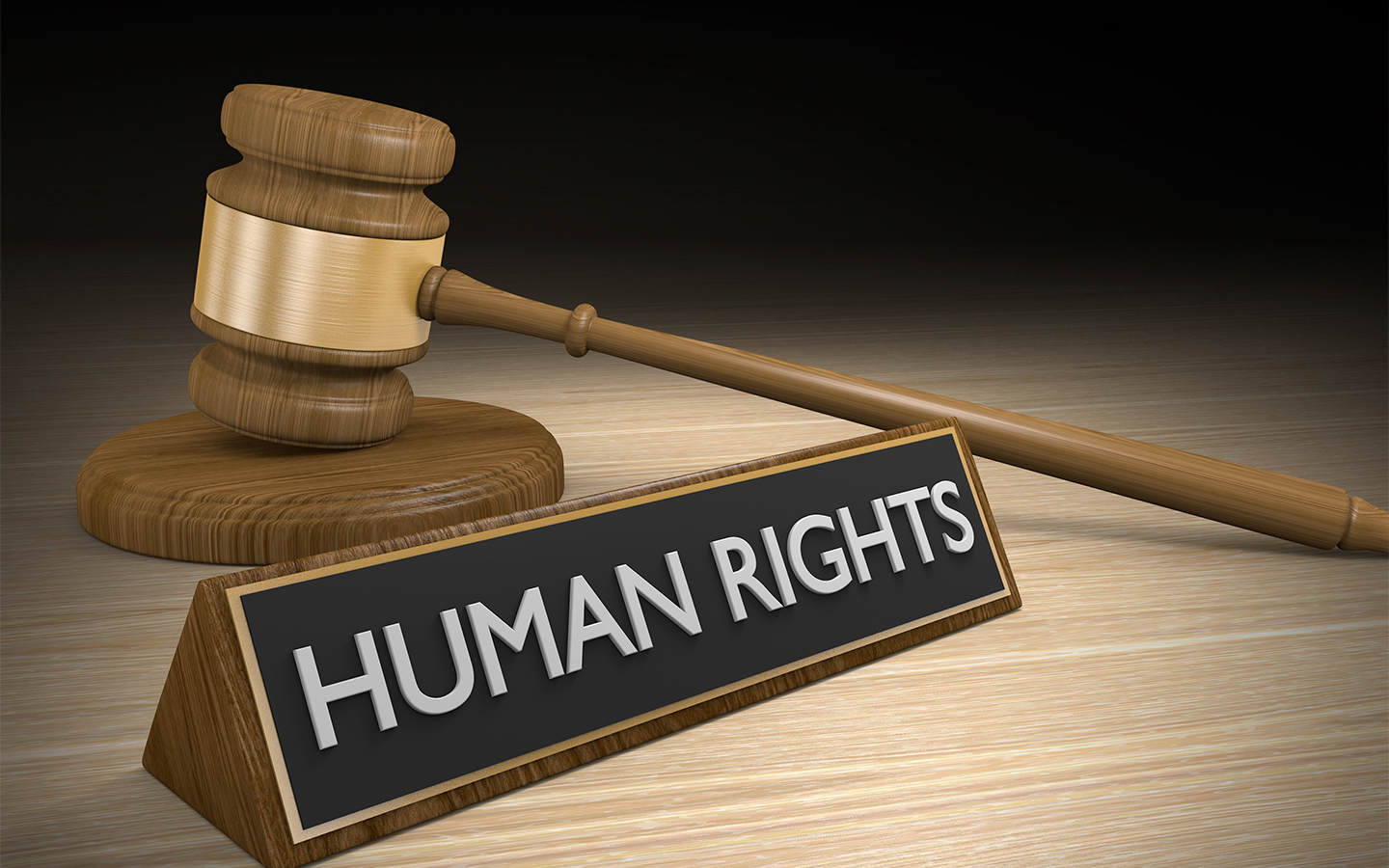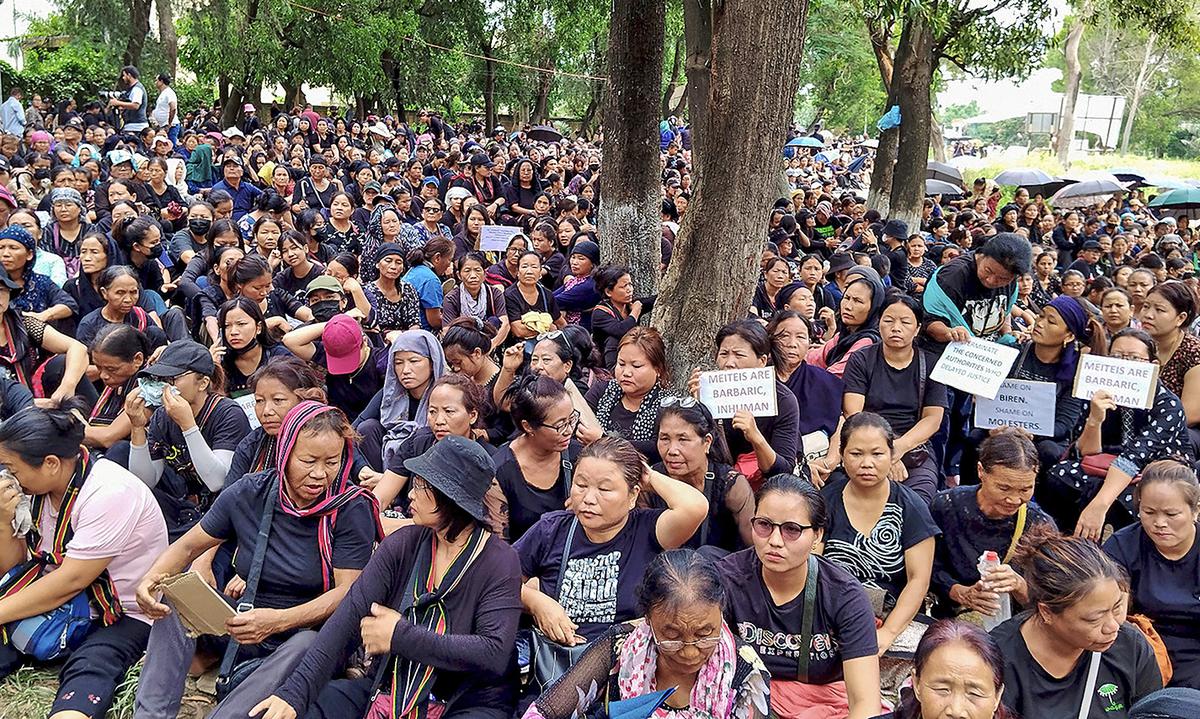Meties did not include themselves when the first Backward Classes Commission asked each state and union territory to submit a list of tribes to be added to the Scheduled Tribes (modification) list.
The ongoing ethnic unrest in Manipur worsened on May 3, 2023, the same day that tribal “Solidarity Marches” against the Manipur high court’s order requiring the state government to make a recommendation to the Union Ministry of Tribal Affairs regarding the inclusion of Meiteis in the Scheduled Tribes (ST) list were organised in all district headquarters in the hill areas.
The extent of the violence targeted specifically against the Kuki-Zomi tribes raises the possibility that the riots were organised in advance. The All Tribal Students’ Union, Manipur (ATSUM), which includes the Nagas as well, coordinated the march; nevertheless, only Kuki-Zomi tribal members were the targets.
The Meitei were neither excluded nor denied inclusion on the STs List, as they assert; rather, they chose not to be a part of it. Meties did not include themselves when the first BCC asked for a list of tribes to be included in the Scheduled Tribes (modification) list from each state and union territory.
They also can’t claim that they were unaware of this, as the commission’s proposal led to the inclusion of several Meitei groups as Scheduled Castes (SCs).
After more than 60 years, they now want to be labelled as behind and want to be on par with those they mockingly referred to as “Hao” (tribal). The derogatory phrases Hao thu, which were frequently used in the recent disturbances against the Kuki-Zomi tribes, reflect a fundamental divide between the Meitei and the tribal people. Additionally, all hill tribes, including the Nagas, are referred to by this title. And the Meitei hurl it at the tribal people because they find it exceedingly insulting.
Regarding the inclusion of tribes on the ST list, it basically represents a strategy for advancing social justice by enacting affirmative action and positive discrimination for those who are under-represented in society.
So why does the Meitei community in Manipur, which is the state’s largest group, desire ST status? Does the community already provide Other Backward Classes (OBC), Economically Weaker Sections (EWS), and Scheduled Castes with quota benefits? It is not, notwithstanding Meitei MLA Nishikant Sapam’s statement that “the job is another thing; the main thing is land” in an interview with Karan Thapar for The Wire. The hill tribes are contesting the Meitei’s request for ST status because they suspect a hidden agenda. When the Manipur High Court mandated that the Meitei people be taken into consideration for inclusion on the ST list, the situation became more problematic.
The process for being added to the ST list is very clearly outlined in the constitution, according to Chief Justice of India (CJI) D.Y. Chandrachud, who branded the high court’s directive “completely factually wrong.”
Although the constitution does not specify any requirements for a community or tribe to be placed on the ST list, Article 365(25) states that “Scheduled tribes means such tribes or tribal communities, or parts of or groups within such tribes or tribal communities, as are deemed under Article 342 to be Scheduled Tribes for the purposes of this Constitution.”
In accordance with the governor’s advice, the president is authorised by Article 342 of the Constitution to designate any tribe as ST by public announcement in any state or union territory.
The first BCC accepted untouchability as the only basis for scheduling castes. Additionally, it said that a tribe or group must “live apart in the hills, and even where they live in the plains, they lead a separate, excluded existence and are not fully assimilated into the main body of the people” in order to be classified as ST. Scheduled tribes are not religiously restricted. Due to the way they live, they are classified as scheduled tribes.
Since the Kalelkar committee left it fully up to the state, the Meiteis’ removal from the ST list was actually their decision. The BCC’s approach involved sending out questionnaires to all the states and union territories. Even queries like “Do you believe that the SC and ST lists released under the president’s authority ought to be revised? If so, whose castes or groups do you propose adding to or removing from the SCs and STs list listed above? Please provide reasons… Has your state government suggested that any tribe, caste, or group be added to or removed from the lists that are now in place?
These two inquiries, among many others, demonstrate that the Meitei did not view themselves as being on an equal footing with hill tribes, untouchables, and adherents of their old religion, the Sanamahi. Certain Meitei groups were undoubtedly placed on the SC list by utilising “untouchability” as a criterion since they were untouchable in comparison to the dwija (twice-born) Meitei.
Demanding ST status for the dwija is out of line with the aforementioned requirements; if the desire is for those who “reconvert” to Sanamahi, then the SC status should be extended to their community. This religion’s adherents were labelled as mangba (unclean) and placed on the SC list.
Any judicial action in such delicate cases creates a precedent for further litigation. Therefore, it is crucial to avoid adopting a demeaning position that would jeopardise the legitimacy of the judiciary.
